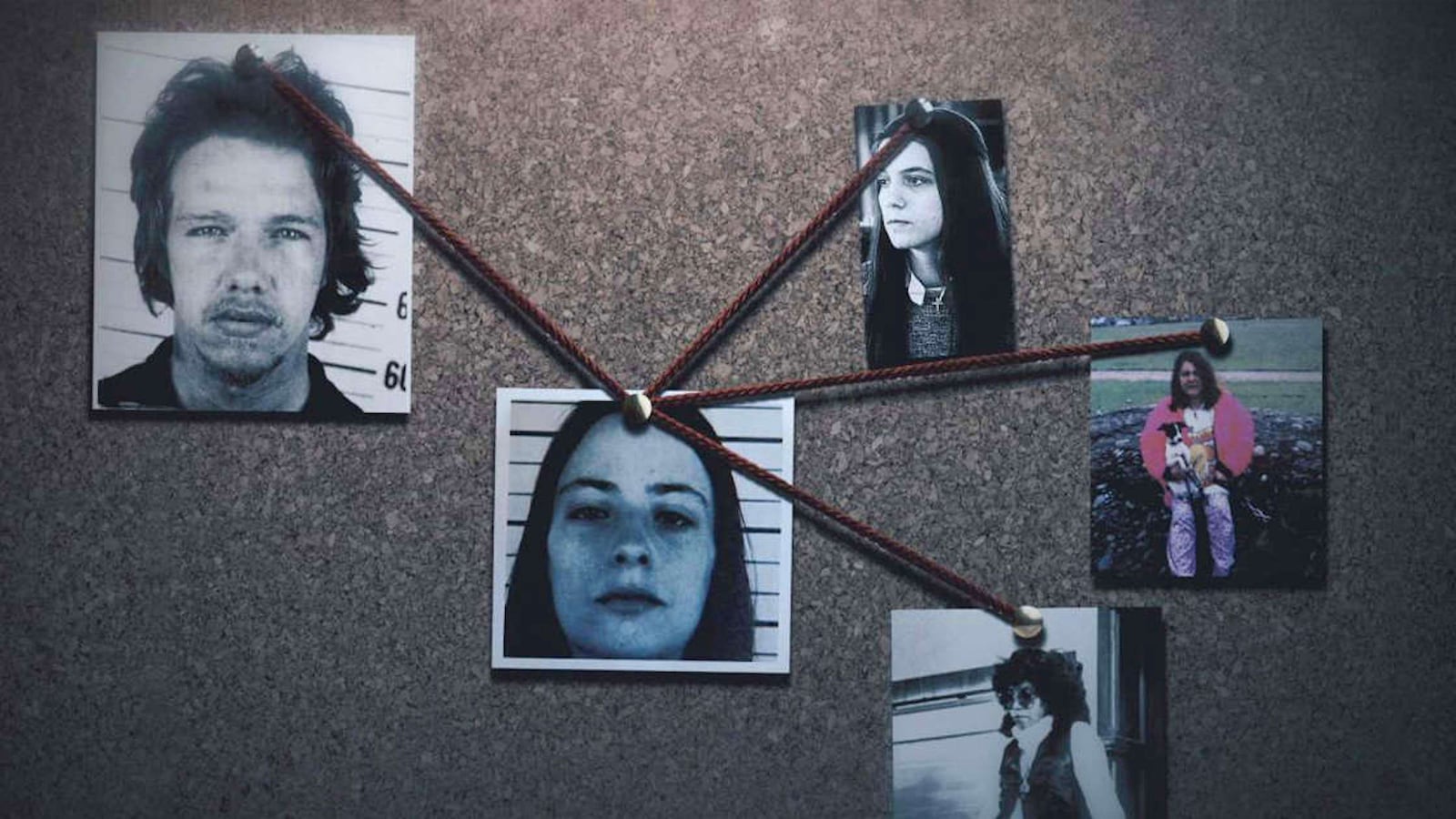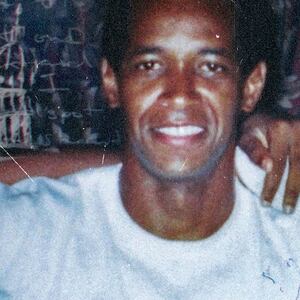The Satanic Panic of the ’80s and early ’90s was fueled by wild stories about ritualistic killings, human and animal sacrifices, and pledges of allegiance to dark demonic lords. Most of those claims turned out to be tall tales, but that doesn’t mean they didn’t result in criminal justice system convictions. One such example involved the nightmare that befell Fall River, Massachusetts, (the birthplace of Lizzie Borden) in1979-1980, when three young prostitutes were found bound, bludgeoned to death, and, in one instance, horribly mutilated. Though the victims were all killed in a strikingly similar manner, police didn’t investigate them as the work of a single fiend. And in the case of the third slaying, they decided that the perpetrator’s motivation had less to do with personal impulses than with getting in good with a higher power: Satan.
Premiering on Epix May 16, the Jason Blum-produced Fall River revisits this tumultuous episode in traditional docuseries fashion, employing archival photos and videos, newly recorded interviews, graphical flourishes, and unnecessary dramatic recreations to try to assemble a puzzle whose pieces, decades later, don’t quite fit. Director James Buddy Day’s four-part docuseries begins with the Oct. 13, 1979, murder of 17-year-old prostitute Doreen Levesque, who was found under a high school’s bleachers with her head brutally caved in by a blunt object. At the time of Doreen’s death, there was a turf war in the area between two rival pimps: notorious Carl Drew and 17-year-old Robin Murphy. The latter was dating a prostitute named Karen Marsden, who said that she was present at Doreen’s murder, which had been carried out by Carl. Karen, however, refused to outright finger Carl to the cops, and on Feb. 9, 1980, she was found murdered in Freetown-Fall River State Forest.
Like Doreen, Karen had also been bludgeoned to death with a rock. And thanks to Robin’s testimony, police soon came to believe that Karen was the victim of a Satanic ritual orchestrated by Drew, in which he forced Robin to kill her girlfriend, perform oral sex on her corpse, and decapitate her so he could kick her head around the woods.
This was a bombshell accusation, and it eventually led to Robin pleading guilty to second-degree murder in exchange for testimony against Carl, who received a life sentence for his mastermind role in the affair. Fall River’s recap of these events is bolstered by a thorough contextualization of Fall River’s street culture, where prostitutes and drug addicts operated out in the open mere blocks away from the police station, and where officers frequently plied informants with booze and drugs. To detectives Alan Silvia and Thomas Joaquim (both of whom participate throughout), it was clear that Carl was this milieu’s de facto “Satan,” and while they knew that Robin was a formidable figure not to be messed with, they were sure that Carl was the culprit they sought.
Fall River, however, isn’t so sure about that. As the series lays out, there was no physical evidence against Carl, much less any real proof about Satanism; the only thing linking him to Karen’s murder was the eyewitness testimony of Robin, their driver Carol Fletcher, and Carl’s prostitute-girlfriend Leah Johnson, who revealed that Carl gifted her Karen’s ring shortly after the crime. More problematic still, in later years, all three of these women recanted their statements—most explosively Robin, who admitted at a 2004 parole hearing that she had made the entire Satanic story up. As if that weren’t enough to muddy the waters, Robin was also involved in a third homicide, in November 1979: that of Barbara Raposa, who was killed by Andy Maltais, a notorious pedophile who’d been terrorizing pre-teen girls for years, including Robin beginning when she was 11.
Everyone who had any role in this tangled saga (and is still alive) participates in Fall River, including Carl. Yet clarity remains constantly out of reach. The fact that Robin was told about (or related in some way to) three different murders, ostensibly committed by three different men, that all were executed according to the same M.O., makes her look mighty suspicious. It also suggests that there was a serial predator on the loose—thus potentially exonerating Carl, who comes across as a shady and violent pimp but not, in the final tally, the man who ended Karen and Doreen’s lives. Day’s docuseries ultimately makes a compelling argument that there was one monster responsible for this reign of terror: Andy Maltais, because he knew all three victims; they were bound-and-bludgeoned in a manner that aligned with his kinky proclivities; and he had a motive to kill Karen, whom he might have wanted to silence before she exposed him as Doreen’s attacker.
It’s a nice theory that makes more sense than any of the show’s other hypotheses. Unfortunately, though, Day doesn’t quite come up with explanations for all of the case’s outstanding questions. Chief among them has to do with Robin, who states that she lied to the cops in order to make sure Andy was convicted of Barbara’s murder, but who also supposedly lied to cover up Andy’s possible involvement in her girlfriend Karen’s killing in order to implicate Carl. Why Robin would have done that, or accepted jail time for a second-degree murder charge if she was totally innocent—and when there was no evidence linking her to Karen’s death—is similarly baffling, and contributes to an air of impenetrable confusion that Fall River is forced to embrace, to both haunting and frustrating effect, as it speeds toward a finale full of additional wannabe-explosive revelations.
There’s at least one apparent miscarriage of justice to be found in Day’s docuseries, but by its closing installment, one gets the sense that there may be more story here to tell—especially in light of Carl’s ongoing efforts to secure a new trial. The abruptness of Fall River’s ending goes hand-in-hand with a formal approach that’s conventional at best and rickety at worst, undermined by cheesy chapter headings featuring scary devil-ish book illustrations. Nonetheless, as a mystery marked by inextricably knotted-up untruths, it’s a non-fiction work that’s been well-designed to spark heated debate and incite further inquiry—as well as, perhaps, beget a sequel.


